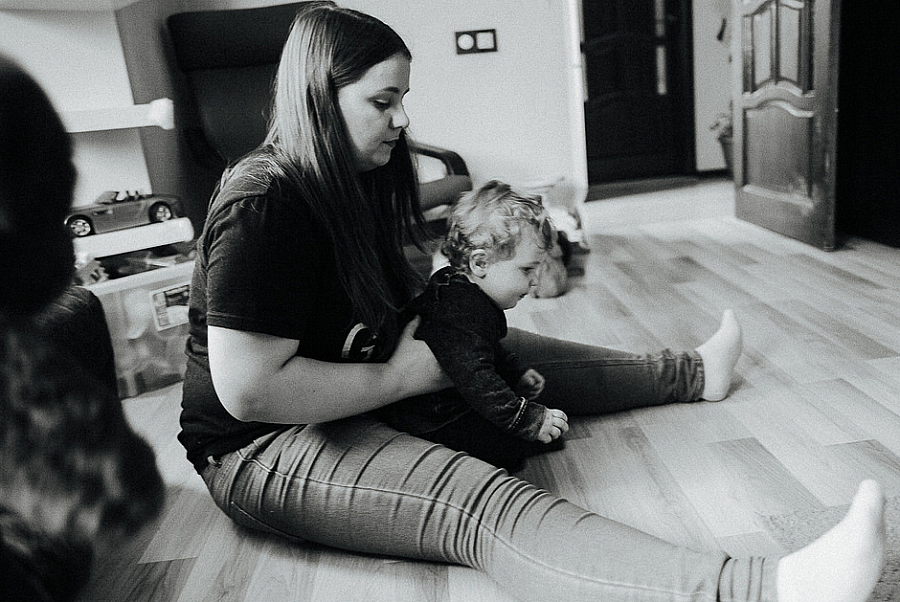Why it makes more sense to care for kids and parents at the same time
It’s the flu season, and David, a 4-month-old baby with a chronic lung disease, is with his pediatrician for a flu shot. David’s condition leaves him particularly vulnerable to respiratory illnesses like the flu. During the visit, David’s parents, Clare and Dave, discover that they need to make separate appointments to receive their own flu shots, which only complicates their already overwhelmed daily routine.
Now imagine a place where David and his parents can receive a flu shot at the same time, avoiding the burden of multiple appointments. According to this two-generation approach, a therapist, doctor, or medical specialist would address not only David’s needs, but also those of the rest of the family, thereby improving their access to care and making their lives easier.
The people described in the scenario above are real. David was my patient. He was born premature, with a lung condition that required him to stay in the NICU for two months. It took David’s mother, Claire, five years to get pregnant with him, and when he was born, nothing went as planned. Claire wanted a home birth; instead she had an elective cesarean section. She wanted to breastfeed; instead she had to pump. Because of David’s needs, Claire was a very involved mother. She learned to feed David from a tube and attach oxygen so that he could breathe when he slept at night. But while David slept, Claire watched and worried. She didn’t expect to have a baby like David. While she had expected to enjoy motherhood, she didn’t realize it would be such a relentless challenge to keep David healthy.
As a pediatric occupational therapist, I regularly see babies like David with developmental and feeding delays. Most of them have been discharged from the neonatal intensive care unit. These babies are fragile, often have medically complex diagnoses, and often need to see multiple specialists. In some cases, the needs of these children are so extensive that parents forget or ignore their own needs, making it hard for them to make it to their own appointments or to even realize they need care.
During occupational therapy sessions, Claire said she had to check David’s oxygen multiple times each night with the fear that he would stop breathing. She confided that, along with David came feelings of shock, denial and guilt, which later turned to worry, fear, helplessness, and sadness. I recommended that Claire get screened for postpartum depression. She followed my advice and screened positive. So I referred her to mental health services in the community. Meanwhile, I spent time supporting Claire by using the relaxation and sensory therapy techniques I use in the clinics with children, while also guiding her as she struggled with her daily routines and activities. As I spent more time with Claire, David made progress. He smiled as Claire smiled back. He started taking the bottle and looking into his mother’s eyes. They began to develop a special bond.
The two-generation approach has been shown to improve outcomes for families. For example, the Briarwood Center for Women and Children in Michigan provides obstretics, gynecology and pediatric services, as well as lactation consultations, social services, perinatal, maternal, and infant mental health programs; and support groups — all in the same location. In addition, some primary care providers have integrated behavior and physical health, while others have brought parenting and conselling programs into their practices.
The example of David and his parents demonstrates that parents themselves often need services to successfully care for a child with complex conditions. While David, Claire and Dave received the help they needed, many of the families of children receiving therapy in traditional pediatric settings do not. The two-generation approach to care in occupational therapy and elsewhere is a smart way to achieve better health outcomes for the whole family.


